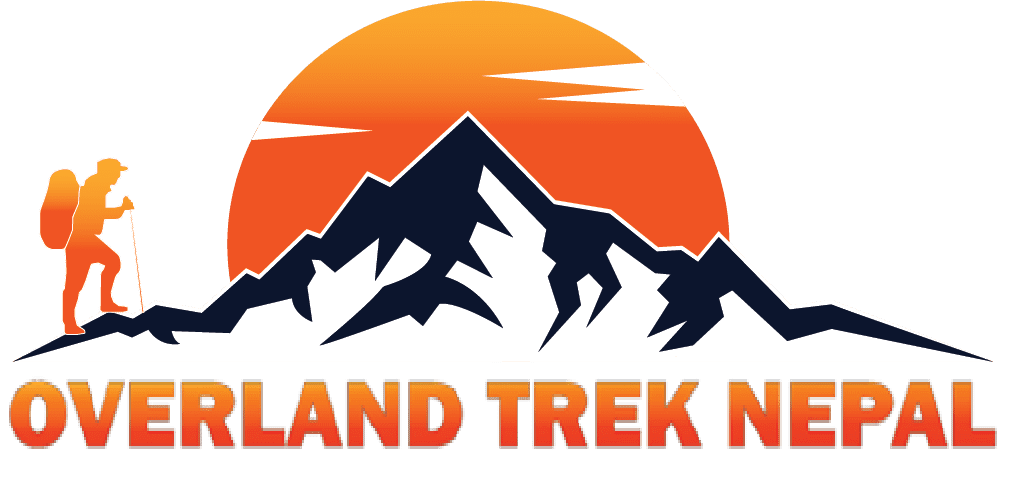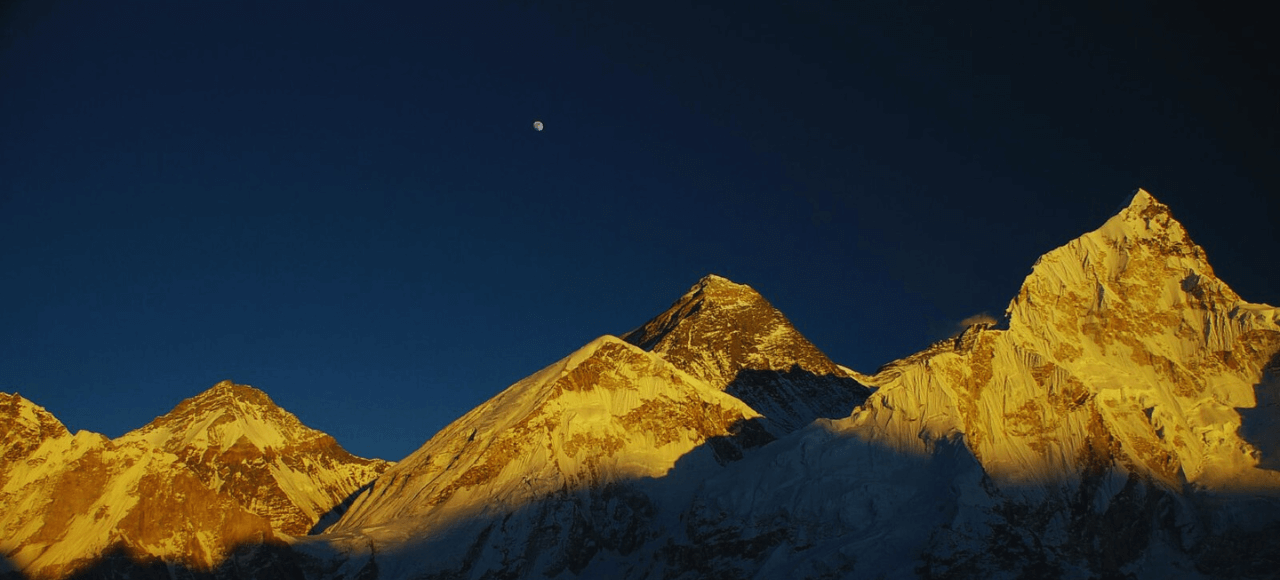Trekking to Everest Base Camp on Your Own: A Comprehensive Guide.
Maybe you are still confused about whether can I trek to Everest base camp on my own or Not, To make this clear please read this blog. Starting on a trek to Everest Base Camp (EBC) is a dream for many adventurers. This iconic journey Trekking to Everest Base Camp on Your Own offers a unique blend of natural beauty, cultural richness, and a sense of personal achievement. While many opt for guided tours, trekking to EBC on your own is a feasible and rewarding challenge. This can I trek to Everest base camp on my own? blog provides a detailed guide on how to trek to Everest Base Camp independently, including history, necessary preparations, safety tips, challenges, and practical information about food, accommodation, drinking water, internet, and showers.
Historical Background
Mount Everest, known as “Sagarmatha” in Nepali and “Chomolungma” in Tibetan, stands at 8,848 meters (29,029 feet) and is the highest peak in the world. The first successful ascent was made by Sir Edmund Hillary from New Zealand and Tenzing Norgay, a Sherpa of Nepal, on May 29, 1953. Since then, Everest has become a symbol of human endurance and ambition.
The trek to Everest Base Camp (5,364 meters or 17,598 feet) has its own historical significance. It follows the footsteps of early expeditions and provides trekkers with a glimpse into the lives and culture of the Sherpa people, who have been integral to the mountaineering history of the Himalayas.
Preparations for the Trek
Permits:
- Sagarmatha National Park Permit: This is required for entering the national park area.
- TIMS (Trekkers’ Information Management System) Card: Ensures safety and keeps track of trekkers in the region.
These permits can be obtained in Kathmandu or at the entry point in Monjo.
Physical Fitness:
- Training: Engage in cardiovascular exercises like running, cycling, and swimming. Strength training for your legs and core is also essential.
- Acclimatization: Spend extra days at Namche Bazaar (3,440 meters) and Dingboche (4,410 meters) to acclimatize properly.
Gear and Equipment:
- Clothing: Layered clothing is crucial due to varying temperatures. Include thermal base layers, insulating layers, and waterproof outer layers.
- Footwear: Invest in good-quality trekking boots that are broken in before the trek.
- Accessories: Trekking poles, a good backpack, a sleeping bag rated for low temperatures, and a water purification system.
Health Precautions:
- Vaccinations: Ensure you have the necessary vaccinations, including those for Hepatitis A, Typhoid, and Tetanus.
- Medications: Carry a first aid kit with altitude sickness medication (e.g., Diamox), painkillers, bandages, and other personal medications.
Safety Tips
- Acclimatization: Follow the principle of “climb high, sleep low” to help your body adjust to the altitude.
- Hydration: Drink plenty of fluids, but avoid alcohol and caffeine.
- Altitude Sickness: Be aware of the symptoms like headache, nausea, and dizziness. If symptoms worsen, descend immediately.
- Weather Conditions: Check the weather forecast regularly and be prepared for sudden changes.
- Trail Awareness: Stay on marked trails and avoid shortcuts. Inform someone about your itinerary and expected return time.
Getting There
- Flights: The most common way to reach the trailhead is by flying from Kathmandu to Lukla. Flights are subject to weather conditions, so plan for possible delays.
- Alternative Route: For those who prefer to avoid flying, the Jiri to Everest Base Camp trek adds extra days but offers a gradual ascent and acclimatization.
Contacting Overland Trek Nepal
For the most accurate and comprehensive information, as well as assistance in planning your trek, contact Overland Trek Nepal:
- Phone/WhatsApp: +977-9851138871
- Email: overlandtrek2020nepal@gmail.com
- Website: Overland Trek Nepal
Challenges of the Trek
- Altitude: The high elevation can cause altitude sickness. Proper acclimatization and hydration are vital.
- Physical Exertion: The trek is physically demanding with long walking hours. Regular breaks and a steady pace help manage fatigue.
- Weather: Unpredictable weather can affect visibility and trail conditions. Being prepared for all weather scenarios is essential.
- Remote Location: Limited access to medical facilities and communication can pose risks. Having a reliable emergency plan is crucial.
Food and Accommodation
- Food: Teahouses along the trail offer a variety of meals. Common options include Dal Bhat (rice and lentil soup), momos (dumplings), noodles, and pasta. Carrying energy bars and snacks is also recommended.
- Accommodation: Teahouses provide basic lodging with shared or private rooms. It’s advisable to carry a sleeping bag for added warmth and comfort.
- Drinking Water: Bottled water is available but contributes to plastic waste. Use water purification tablets or a portable filter to purify tap or stream water.
Internet and Connectivity
- Wi-Fi: Available in most teahouses for a fee. However, the connection can be slow and unreliable.
- Mobile Networks: Ncell and NTC networks offer coverage along the trail, but signal strength varies.
Showers and Hygiene
- Showers: Hot showers are available at most teahouses for an additional cost. At higher altitudes, water is often heated using solar power.
- Toilets: Generally, teahouses have basic squat toilets. Carrying toilet paper and hand sanitizer is recommended.
Conclusion
Trekking to Everest Base Camp on your own is a rewarding adventure that requires thorough preparation and a resilient mindset. By understanding the history, preparing adequately, and being mindful of safety, you can make this journey both memorable and safe. For detailed guidance and support, contact Overland Trek Nepal, who can provide expert advice and logistical assistance to ensure your trek is a success.
Start on this incredible journey and experience the magic of the Himalayas, the warmth of the Sherpa culture, and the unparalleled beauty of the world’s highest peak. For more information and to start planning your trek, visit Overland Trek Nepal or contact us directly at +977-9851138871 or overlandtrek2020nepal@gmail.com. Safe trekking!


Greate article. Keep writinmg such kind of info on your blog.
Im really impressed by your site.
Hello there, You have performed an inceedible job.
I will definitely digg it annd in my view suggest to my friends.
I am sure they’ll be benefited from this web site.
Feel free to visit my blog; Sites.Google.com
I just couldn’t depart your website prior to suggesting that I really enjoyed the standard info an individual supply for your visitors? Is gonna be back continuously to investigate cross-check new posts
When I originally commented I clicked the -Notify me when new comments are added- checkbox and now each time a comment is added I get four emails with the same comment. Is there any way you can remove me from that service? Thanks!